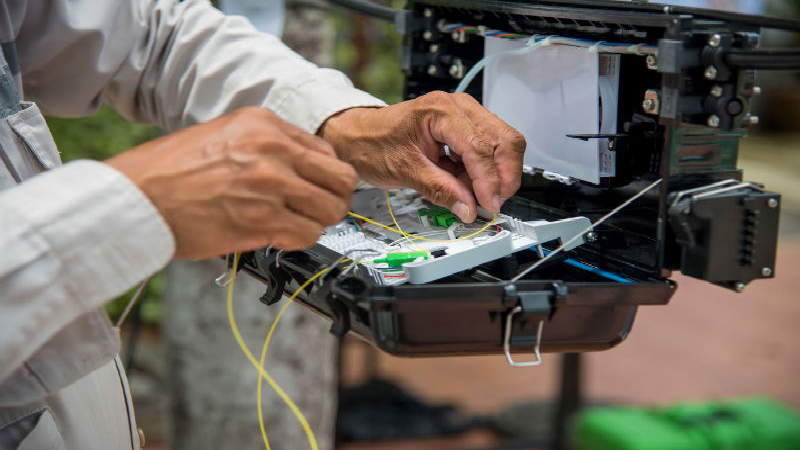Differential pressure sensors are useful for measuring a broad range of properties, such as pressure drops when you are working with air filters or oil filters as well as flow rates and fluid levels. These sensors essentially measure the difference between pressures. Various sensor options are available, with sensors having the potential to differ in design, technology, performance levels and application suitability.
Low Pressure Option
One popular type of differential pressure sensor is specifically designed for the measurement of very low differential pressure in original equipment manufacturer (OEM) applications that are cost sensitive. The sensor has many ranges going down to ±0.1 psid, which makes it perfect for measuring extremely low gas and air flow rates for HVAC and gaging applications. You can also use one of these types of sensors for detecting small leaks and in a pressure null detection system. Look for a sensor that can be conveniently mounted inside your enclosure.
Another Low Pressure Option
Another pressure sensor option is one with full-scale ranges that go down to ±0.5 psid when used with a circuit-board carrier demodulator, which will allow you to obtain an output of ±10Vdc. Like the abovementioned sensor, it is perfect for measuring extremely low differential pressure in an OEM application that is cost sensitive. You can use the sensor for measuring exceedingly low flow rates of gases and air for both HVAC and pulmonary applications.
Low Cost Sensor
You may also be interested in an OEM low cost and low range pressure sensor, or pressure transducer. This type of differential pressure sensor is highly sensitive to pressures that are very low, with its full scales down to 0.1 in H2O. The sensor has an output signal of ±Vdc, and the power may be ±5 to +28 Vdc.
These sensors also have span and zero adjustments, and they additionally have a sturdy steel construction. Special features of these sensors are signal options, pressure ports and special power options. The right maker of pressure transducers can work with you when it comes to defining the differential pressure sensor requirements needed for your unique application.
